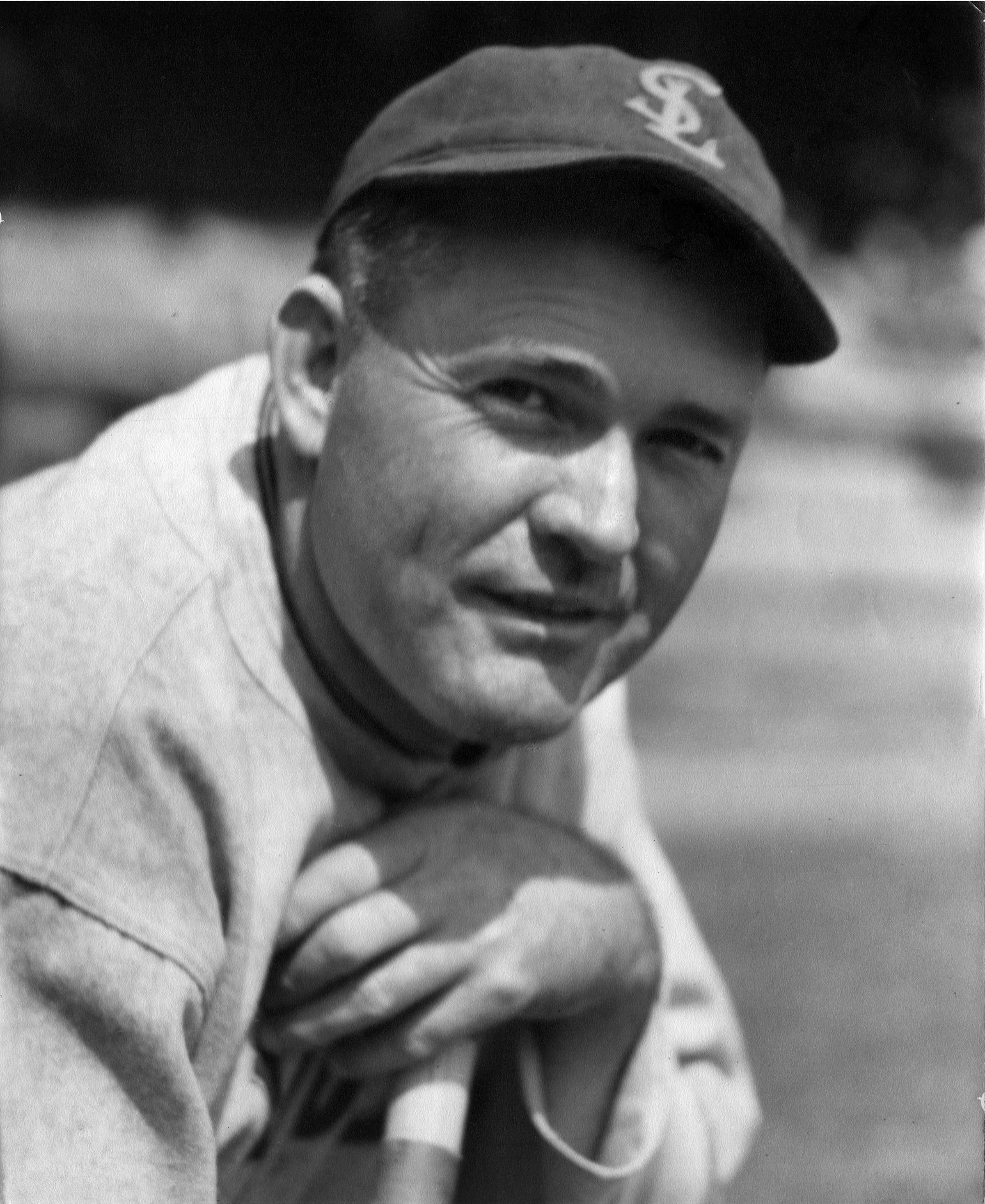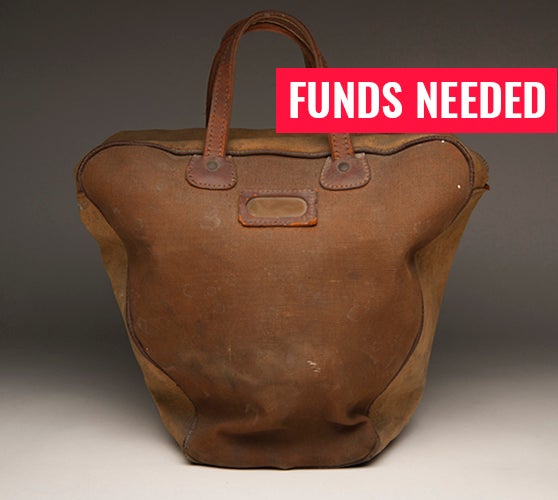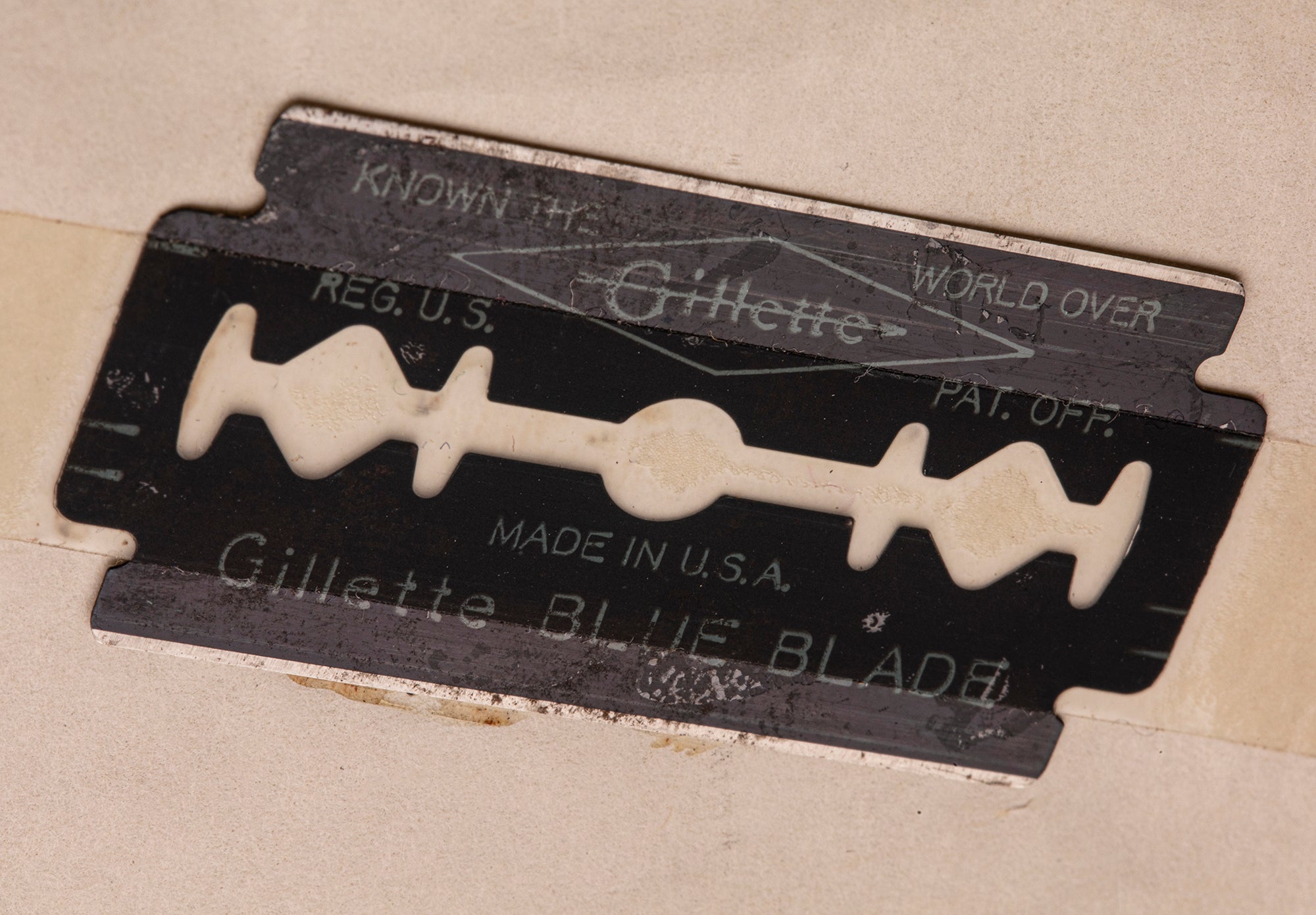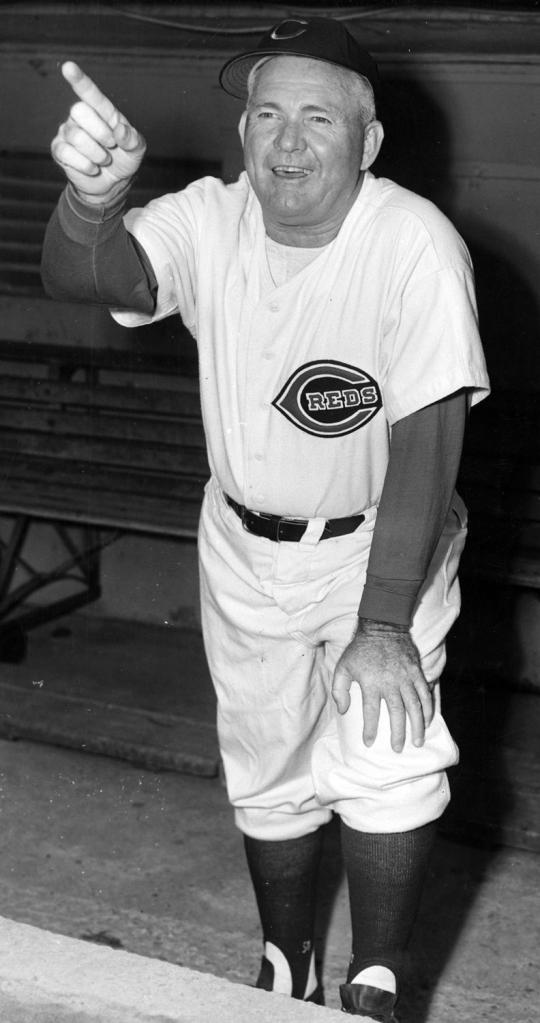- Home
- Our Stories
- #Shortstops: Pin Interest
#Shortstops: Pin Interest
On Aug. 4, 1952, Rogers Hornsby – one of the largest personalities in all of baseball – took over the Cincinnati Reds, home to the smallest city in the major leagues.
It was a match that did not last. But for a while, the fans of the Queen City welcomed the game’s most successful right-handed hitter with all variety of gifts – including an artifact of a different ball game now preserved in Cooperstown.
Less than three weeks after being named Reds’ manager – on Aug. 22 – Hornsby was honored at Cincinnati’s Crosley Field by the Greater Cincinnati Bowling Proprietor’s Association. At that event, the GCBPA presented Hornsby with a bowling pin. The regulation pin featured the label of the Gamble Brothers of Louisville, Ky., with the “ABC Regulation” designation – the official designation of the American Bowling Congress.
The pin stipulated that Aug. 22 was “Bowlers Nite” at Crosley Field.
Recreational bowling had been a part of American culture for more than a century by the 1950s. But the sport began to grow exponentially with the help of two developments during the decade: Automatic pinsetters and television coverage. By the 1960s, bowling was one of the most popular amateur sports in the country.
The pin was officially accessioned into the collection of the National Baseball Hall of Fame and Museum in 1969.
Hornsby, however, was not known as a bowler. In fact, the Rajah – who hit .358, the top batting average ever for a right-handed hitter and was elected to the Hall of Fame in 1942 – was famous for avoiding any recreation that he deemed might hurt his eyesight.
“There is probably somebody, perhaps several somebodies, who take more interest in the game of baseball than Rogers Hornsby,” writer Warren Brown, who would go on to earn the Baseball Writers’ Association of America’s Career Excellence Award in 1973, told the Cincinnati Enquirer after Hornsby was hired. “But so far, I haven’t encountered any of them. In his spare time, Hornsby goes to a ball game or talks baseball.”
As a manager, however, Hornsby could not replicate his success in the batter’s box.
The Reds marked the seventh time Hornsby had been hired as a manager – including twice by the St. Louis Browns.
Hornsby was dismissed by the Browns earlier in the 1952 season.
“I’m no diplomat and neither am I a (bad person),” Hornsby told the Cincinnati Enquirer after he was hired.
And though the Reds went 27-24 under Hornsby to finish the 1952 campaign, he was let go late in the 1953 season after guiding Cincinnati to a 64-82 record.
He would not manage again in the major leagues.
“He is baseball through and through,” Reds general manager Gabe Paul told the Associated Press when he hired Hornsby, “and he has demonstrated that winning is paramount to him.”
Craig Muder is the director of communications for the National Baseball Hall of Fame and Museum
Related Stories

Hornsby set the standard for right-handed hitters

Hornsby’s bat leads him to manager’s office

Babe Ruth's Bowling Bag

#Shortstops: Edge of Greatness

Hornsby set the standard for right-handed hitters

Hornsby’s bat leads him to manager’s office

Babe Ruth's Bowling Bag



